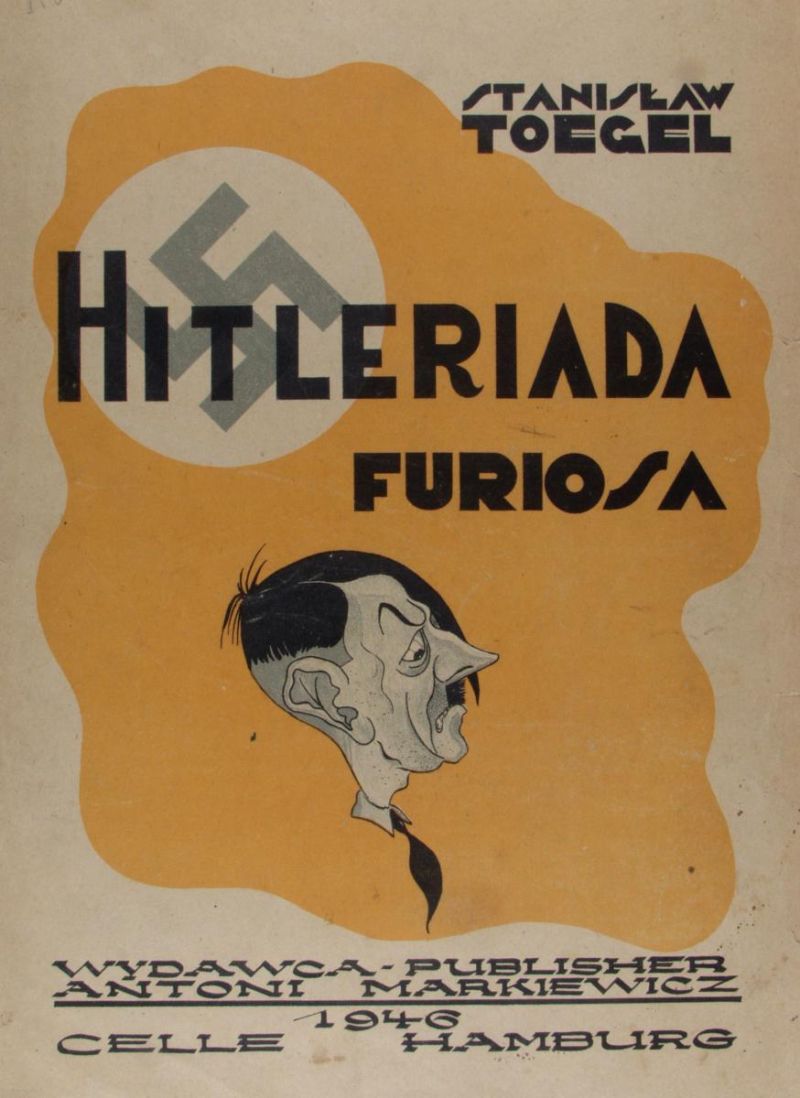Stanisław Toegel
Mediathek Sorted


![ill. 3: Camp newspaper „Słowo Polskie” [Polish Word] ill. 3: Camp newspaper „Słowo Polskie” [Polish Word] - Front page, No. 3, 1 September 1945, DP camp in Osnabrück.](/sites/default/files/styles/width_100_tiles/public/assets/images/3_lagerzeitung_1945.jpg?itok=mV-R5sE6)

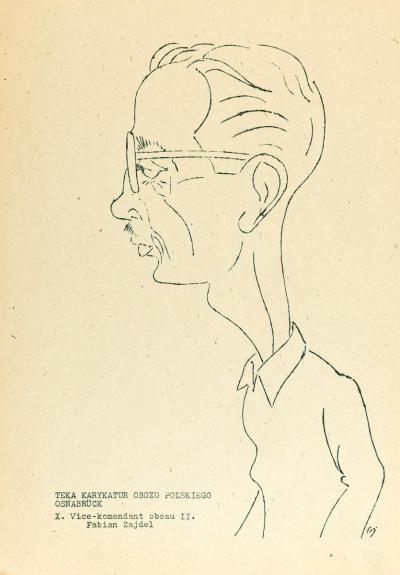
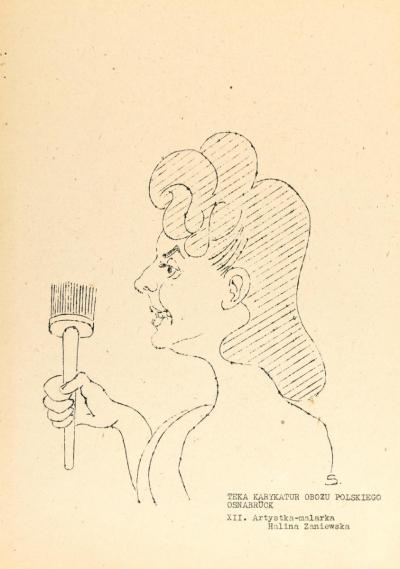
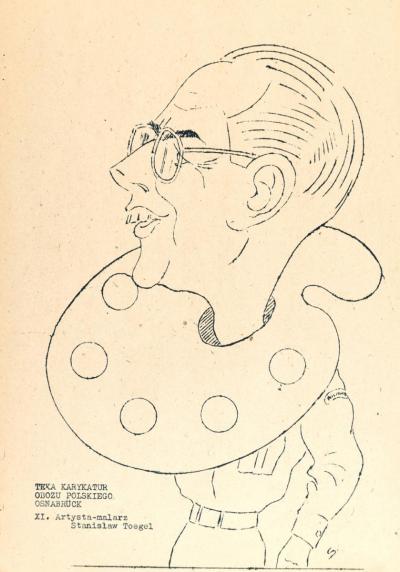
![ill. 8: Camp newspaper ‘Nasze Życie’ [Our Life] - Polish Weekly, no. 7, 21st February 1946, DP Camp Lippstadt. ill. 8: Camp newspaper ‘Nasze Życie’ [Our Life] - Polish Weekly, no. 7, 21st February 1946, DP Camp Lippstadt. - Title page with caricature, presumably of the British camp commander.](/sites/default/files/styles/width_100_tiles/public/assets/images/8_lagerzeitung_1946.jpg?itok=51rOVXDD)
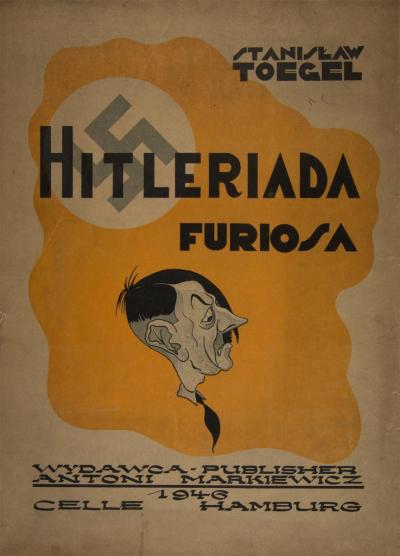

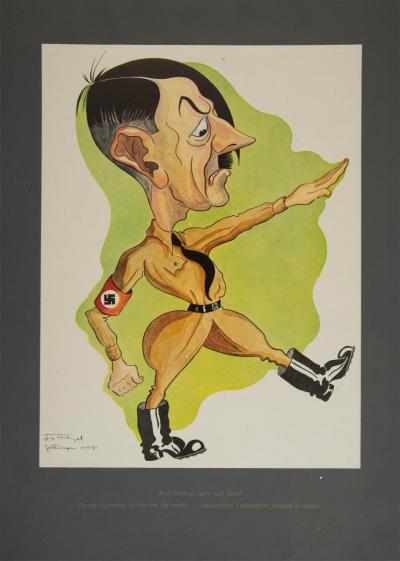
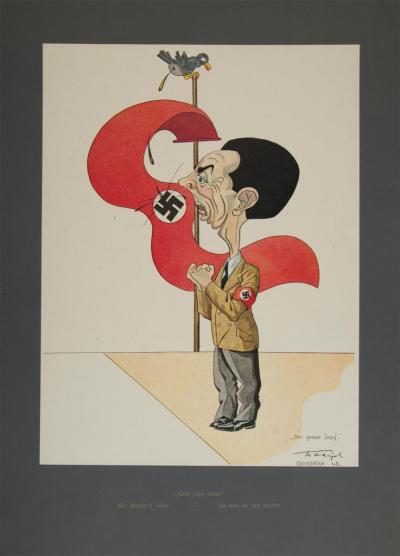
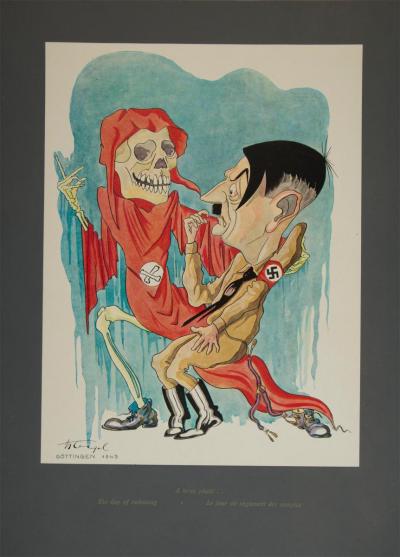

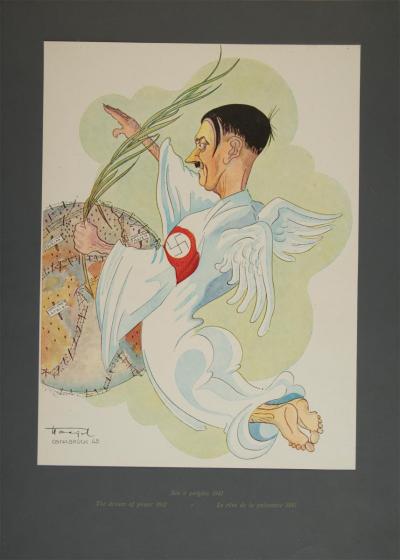
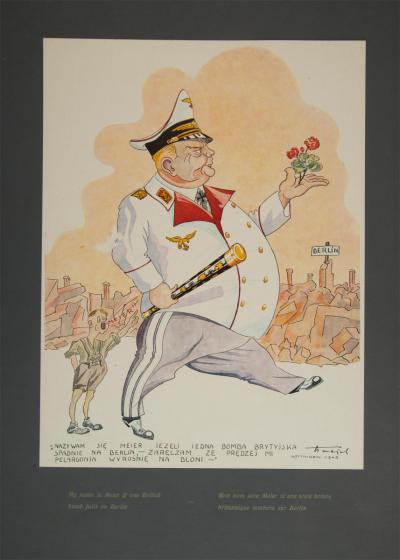
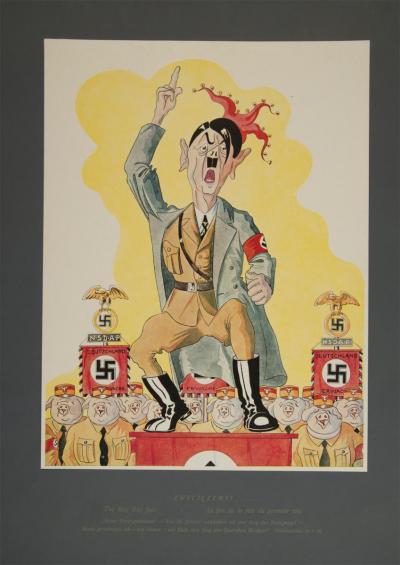
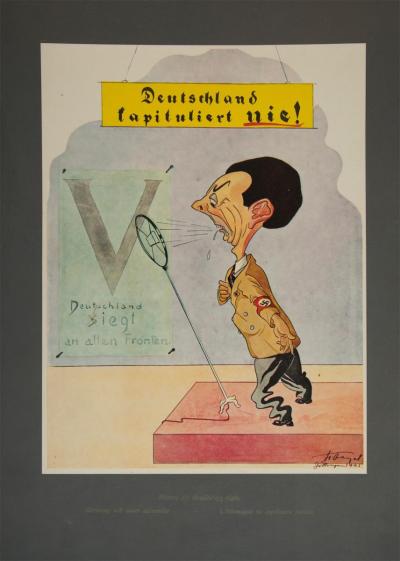
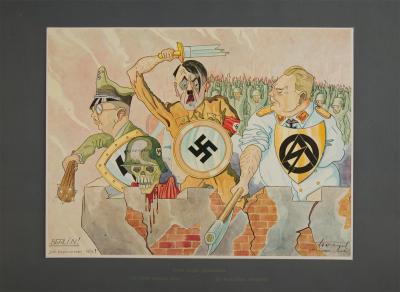


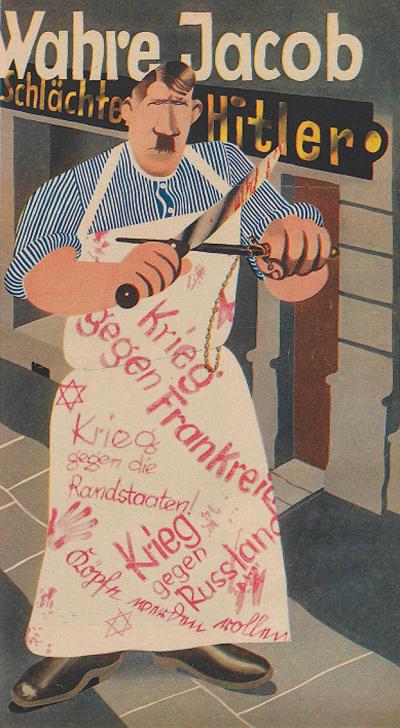
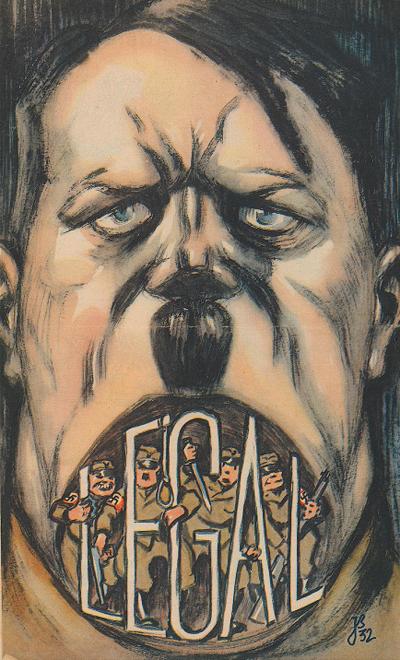
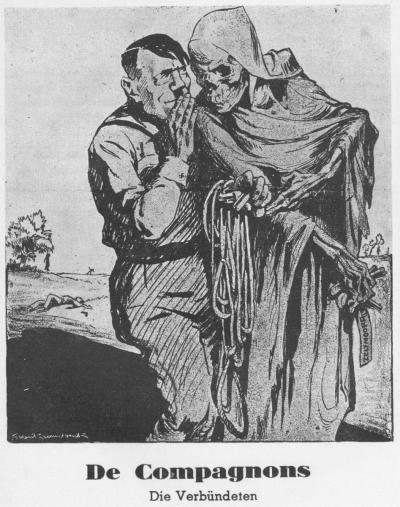

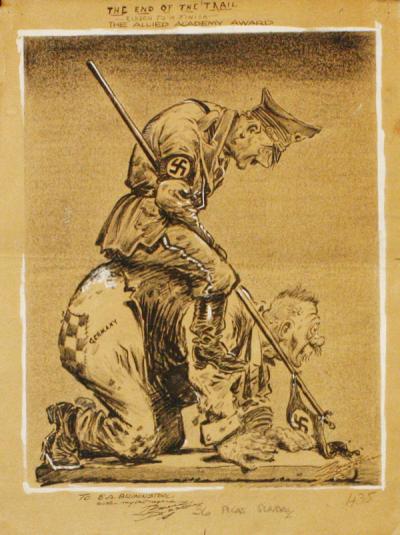
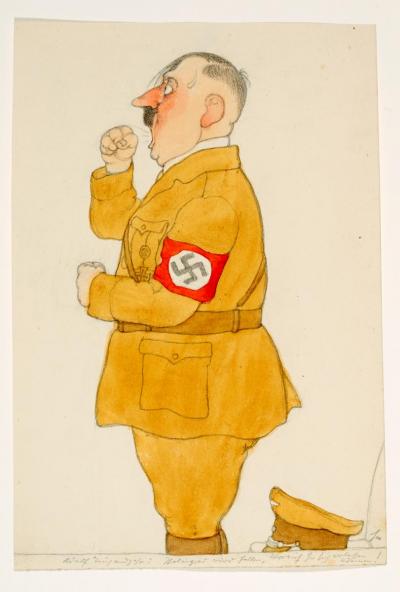
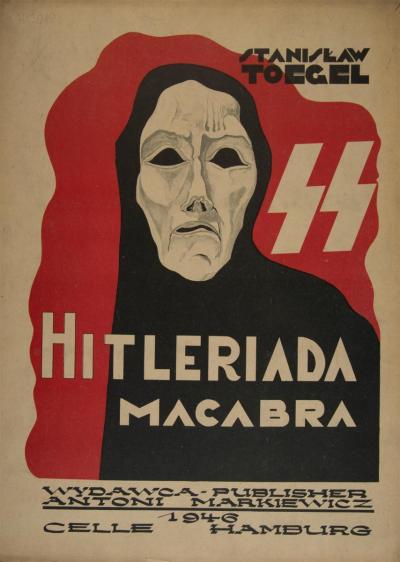

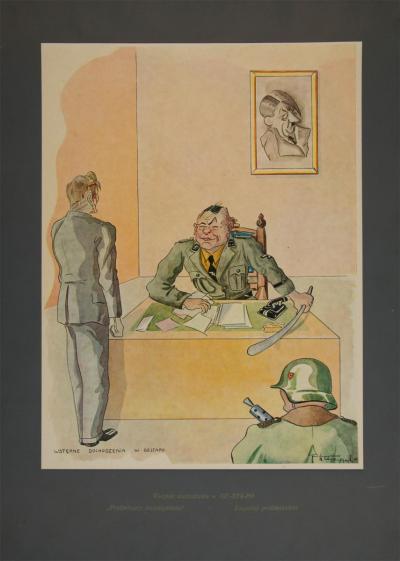
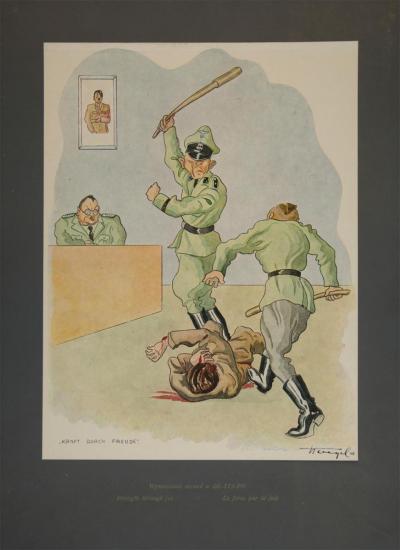
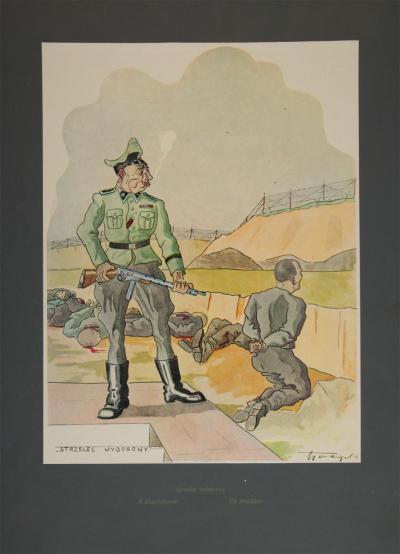
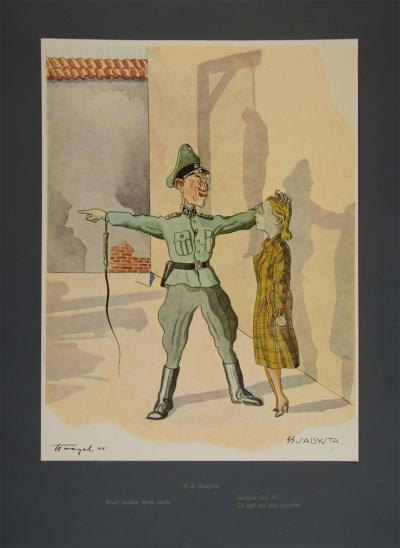
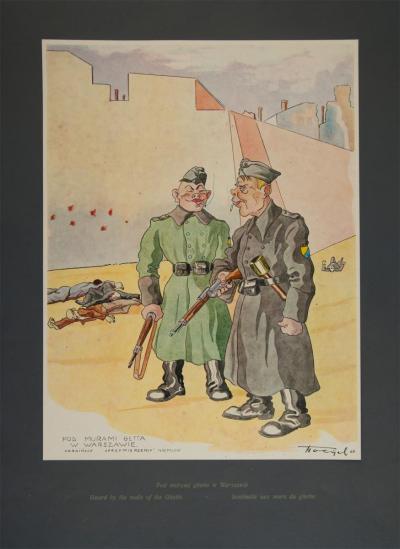
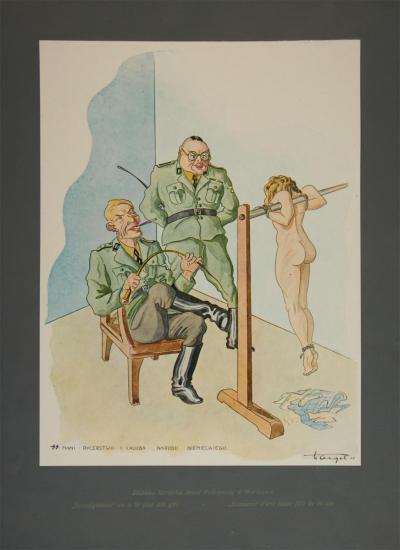
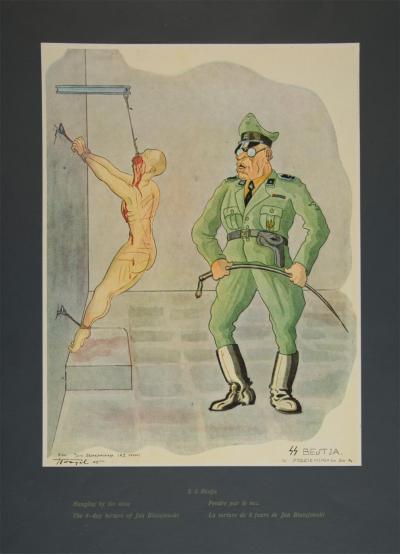
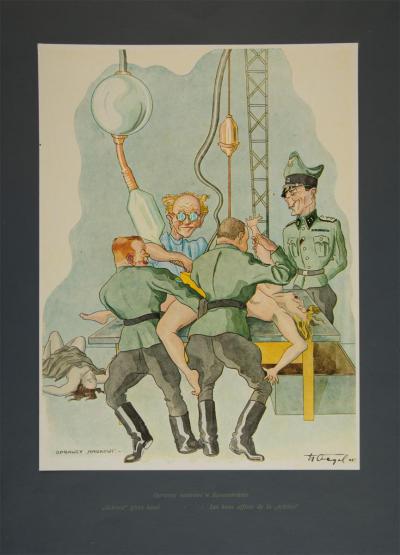
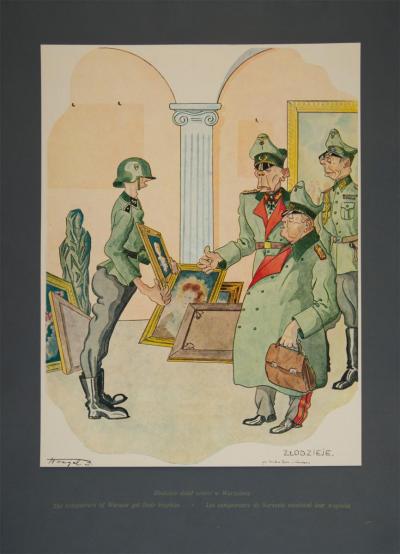
![ill. 11/1: Polski wojak na obczyźnie [The Polish soldier abroad] ill. 11/1: Polski wojak na obczyźnie [The Polish soldier abroad] - Cover. Published by Antoni Markiewicz, Celle 1946. Offset lithographs on dark grey passe-partout, 32.5 x 24.5 cm.](/sites/default/files/styles/width_100_tiles/public/assets/images/11_1_polski_wojak.jpg?itok=Ml04Vtju)
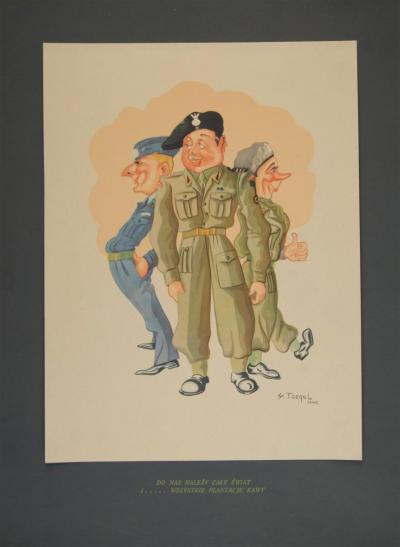

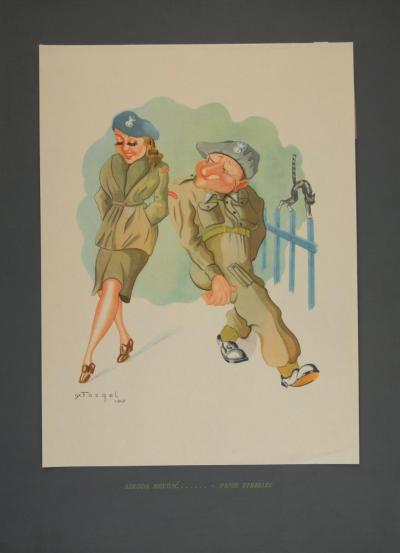
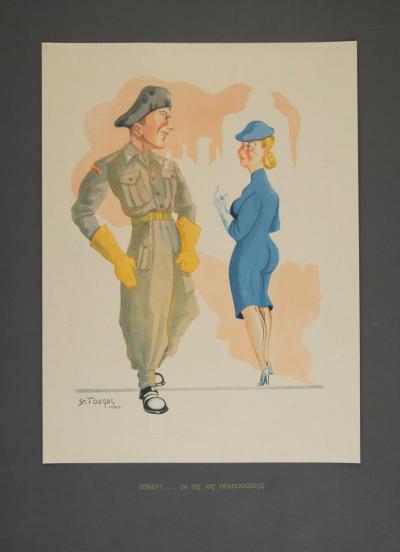
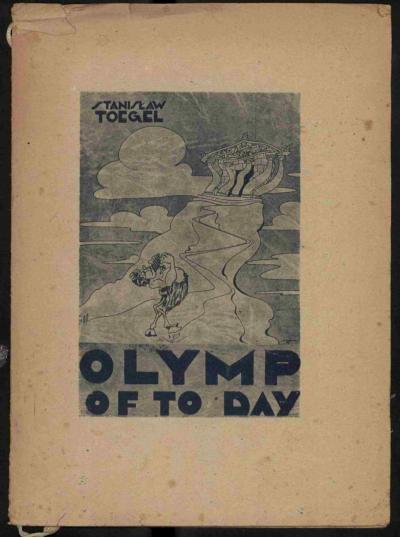
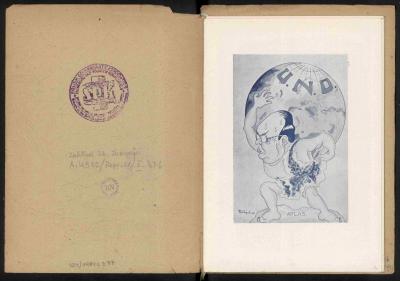
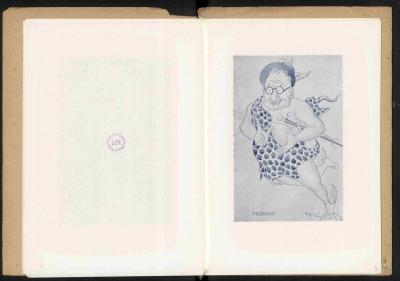
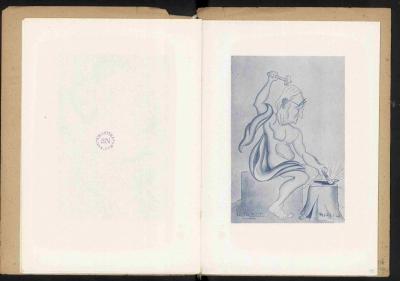

![ill. 14: Poster for the exhibition ‘Karykatury wojenne i polityczne’ [War and Political Caricatures] ill. 14: Poster for the exhibition ‘Karykatury wojenne i polityczne’ [War and Political Caricatures] - With posters by Stanisław Toegel in the Upper Silesian Museum in Bytom.](/sites/default/files/styles/width_100_tiles/public/assets/images/14_plakat_2015_bytom.jpg?itok=Oqh9ZRer)

Stanisław Toegel - Hörspiel von "COSMO Radio po polsku" auf Deutsch


![ill. 3: Camp newspaper „Słowo Polskie” [Polish Word] ill. 3: Camp newspaper „Słowo Polskie” [Polish Word] - Front page, No. 3, 1 September 1945, DP camp in Osnabrück.](/sites/default/files/styles/width_100_tiles/public/assets/images/3_lagerzeitung_1945.jpg?itok=mV-R5sE6)




![ill. 8: Camp newspaper ‘Nasze Życie’ [Our Life] - Polish Weekly, no. 7, 21st February 1946, DP Camp Lippstadt. ill. 8: Camp newspaper ‘Nasze Życie’ [Our Life] - Polish Weekly, no. 7, 21st February 1946, DP Camp Lippstadt. - Title page with caricature, presumably of the British camp commander.](/sites/default/files/styles/width_100_tiles/public/assets/images/8_lagerzeitung_1946.jpg?itok=51rOVXDD)






























![ill. 11/1: Polski wojak na obczyźnie [The Polish soldier abroad] ill. 11/1: Polski wojak na obczyźnie [The Polish soldier abroad] - Cover. Published by Antoni Markiewicz, Celle 1946. Offset lithographs on dark grey passe-partout, 32.5 x 24.5 cm.](/sites/default/files/styles/width_100_tiles/public/assets/images/11_1_polski_wojak.jpg?itok=Ml04Vtju)









![ill. 14: Poster for the exhibition ‘Karykatury wojenne i polityczne’ [War and Political Caricatures] ill. 14: Poster for the exhibition ‘Karykatury wojenne i polityczne’ [War and Political Caricatures] - With posters by Stanisław Toegel in the Upper Silesian Museum in Bytom.](/sites/default/files/styles/width_100_tiles/public/assets/images/14_plakat_2015_bytom.jpg?itok=Oqh9ZRer)
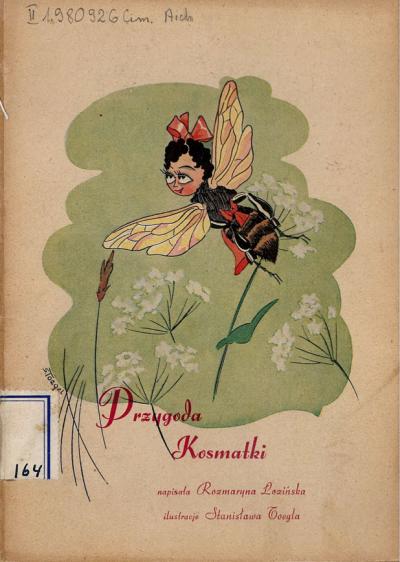



In 1947 Toegel published a further cycle of fifteen caricatures in Starczewski’s publishing house, Strażnica, this time as a booklet in black and white with a headband, entitled “Olymp of Today” (the only known copy is now in the Polish National Library with the stamp of the Polish Combatants' Association (Stowarzyszenie Polskich Kombatantów) Branch in the British Zone. The series portrays leading contemporary politicians in the act of building a peaceful new world. They are clothed in imaginary antique robes with names from Greek and Roman mythology. (ill. 12/1-12/4).
Toegel’s last work in Germany was also published in 1947 by Strażnica. It was a little book for children entitled “Przygoda Kosmatki” (Engl. Shaggyhead’s Adventures) with a text by Rozmaryna Łozińska and illustrations by Stanisław Toegel (see PDF). The heroine Shaggyhead like her sisters Stripeling, Wingling, Fatbelly and Tinybee ( in Polish they are called Pasiatka, Skrzydlatka, Gruby Brzuszek and Mioduszka) is a bee who thinks it can do everything: look after the house, fight off dangers and continue to work successfully. When the thieving wasp, Osa-Złodziejosa, attacks the house, and rain stops the bees from collecting honey, the sisters fail miserably to deal with the situation and are taunted by Shaggyhead. But Shaggyhead is also unable to fight off the attack by the little ant, Mrówka-Czarnówka. When she loses her honey, her sisters do not mock her but console her, and she promises “never to ridicule anyone again. I want to be good to everyone.”
It is obvious that the book was inspired by a German novel published in 1912 entitled “The Adventures of Maja the Bee” by Waldemar Bonsel, that was published in Poland in several editions in the 1920s, under the title “Pszczółka Maja i jej przygody”. The initial indications that it was a plagiarism are the fact that its heroine was also a bee and it had the word “przygoda” in the title. But there are other indications in the characters found in Bonsel’s novel: the all-knowing teacher, Kassandra, the gang of robber ants and the warlike hornet people are all hinted at in the very much shorter version by Łozińska and Toegel. Toegel’s brightly coloured illustrations humanise the insects, not only because he gives them female heads and contemporary hairdos, but also equips them with steel helmets and rifles when he illustrates the attack by the thieving wasps. His carefully made-up ladies are similar to those in his series “Polski wojak na obczyźnie” (ill. 11/4) and in the private caricatures showing them with Polish and American soldiers. Toegel’s oversize depictions of grasses, bushes and flowers that are familiar to children’s books were not taken from any of the editions of the original “Maja the Bee” novel that had appeared by this time. However they are uncommonly similar to the 45 illustrations made by Else Wenz-Viëtor (1882-1973) for a 1920s board game entitled “Maja the Bee” (ill. 13), that might have been somewhere around Toegel at the time.
Strażnica also published a German edition of the children’s book, whose title “A Fairytale of Meja the Bee” points even more obviously to Bonsel’s model (see PDF). For whatever reason, it does not reveal the names of the two copyright holders, Łozińska and Toegel, although it is easy to decipher Toegel as the illustrator from the signatures on the pictures. Although the text sequences are somewhat changed, the differences to the original version are very slight. Meja’s sisters are now called Shaggyhead, Skinny, Honeybee, Fatty and Noddy, and at the end Meja sums up her experiences with the words: “I never want to torment others or say anything bad about them!”
In 1948 Toegel returned to Poland, spent some time in Breslau and then moved to Bytom, where he died of cancer at the early age of 48. His first and only son was born three months before his death. In 2015 his life work was honoured in exhibitions in the Upper Silesian Museum in Bytom (Muzeum Górnośląskie w Bytomiu, ill. 14) and the Warsaw Museum of Caricature (Muzeum Karykatury im. Eryka Lipińskiego w Warszawie).
Axel Feuß, April 2016





















































































